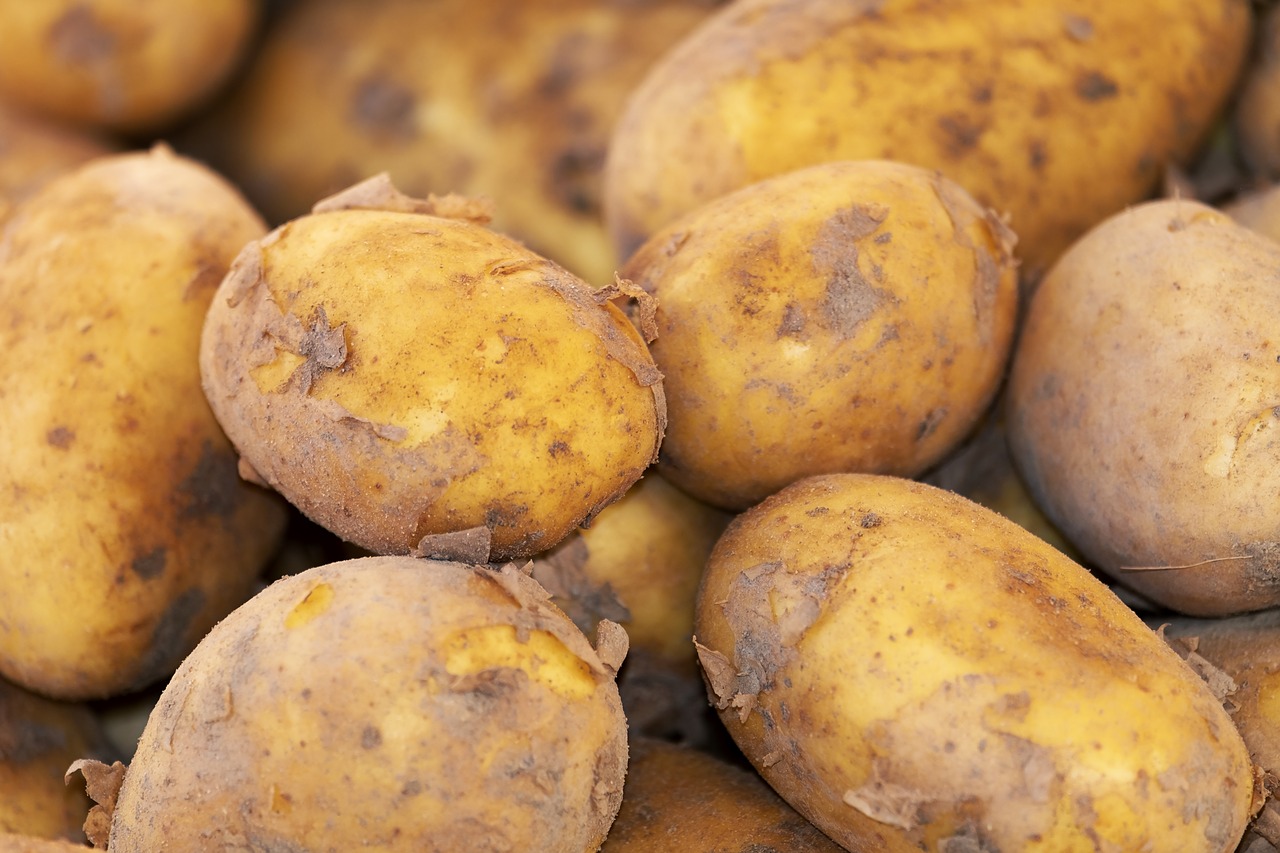
The humble chickpea has had a bumpy road to today's popularity. First domesticated in Turkey's south-eastern Anatolia region, the legume travelled to the Indian subcontinent and the Mediterranean coast, where cultivation quickly stagnated, and chickpea numbers declined. Fast forward to the 17th Century and humans rediscovered the benefits of the chickpea, with its popularity skyrocketing.
Today, chickpeas are enjoyed in many forms - from hummus and falafel to chana masala. However, the legume found on your supermarket shelves descends from a comparatively small number of chickpea varieties due to the crop's earlier decline.
Low genetic diversity, as seen in the chickpea, can have catastrophic consequences for crops. If a genetic trait such as resistance to fungal infection is introduced to one variety of chickpea, all the descendants will have the same tool to block the disease. This means if the infection evolves to get past the defence, the whole crop will be wiped out.
Seeking to build resilience into crop production, scientists at BGI Group, in collaboration with ICRISAT, the International Crops Research Institute for the Semi-Arid Tropics, analysed the genomes of over 3,000 chickpeas in a landmark effort to map the legume's genetic make-up and enable plant breeders to reintroduce genetic diversity.
"Together with an international team, we have further pushed forward genome studies in chickpea, which we believe will benefit both research communities and farmers", said Dr Xin Liu, Senior Vice President, BGI-Research.
Since publishing the first chickpea reference genome in 2013, BGI Group have applied its state-of-the-art sequencing platform and bioinformatics analysis platform to revolutionise plant breeding, with this latest research, published in Nature, identifying 1,582 previously undiscovered genes in chickpeas to produce the most comprehensive genetic map of any vegetable species.
Through mapping the genetic make-up of chickpeas in this way, the scientists at BGI Group and ICRISAT identified blocs of genes, called haplotypes, that encode desirable properties, which can be combined to improve overall crop yield and seed weight.
Critically, the research also pinpointed genes that encode response to environmental factors such as acidity, oxidative stress and cold, thereby paving the way for chickpeas to be grown in hitherto inhospitable conditions.
In a world where climatic conditions are rapidly shifting, this matters greatly. A study published in 2016, for example, estimated that changes in rainfall patterns and temperatures could by 2069 decrease chickpea yield in parts of the world by almost 20 per cent.
It is clear this research cannot come at a more critical time.
"Even before COVID-19 reduced incomes and disrupted supply chains, chronic and acute hunger were on the rise due to various factors, including conflict, socio-economic conditions, natural hazards, climate change and pests," writes the World Bank. "The impact of the war in Ukraine adds risk to global food security, with food prices likely to remain high for the foreseeable future and expected to push millions of additional people into acute food insecurity."
Recognising the severity of the food insecurity challenge, BGI Group launched its close scientific collaboration with ICRISAT over ten years ago and have continuously obtained many ground-breaking results in the field of crop advancement.
Beyond the chickpea, BGI Group collaborated with ICRISAT to map the whole genome of the pearl millet - a crop that is a vital source of food for farmers in areas of sub-Saharan Africa, India and Asia with low soil moisture content, high PH and high levels of salinity, where other crops such as corn, rice and wheat struggle to grow.
In a project supported by the Bill and Melinda Gates Foundation, BGI Group used its next-generation sequencing technology to comprehensively interpret the pearl millet genome from the perspectives of genome structure, population evolution, and species trait association analysis to better understand how pearl millet grows in arid and semi-arid regions, and to accelerate the cultivation of more resilient pearl millet varieties.
It is clear genetic sequencing has proven to be a vital tool in improving crop resilience and driving up crop yields, with collaborations between BGI Group and ICRISAT reaping rich rewards in chickpea and pearl millet production. However, as global heating continues to accelerate, and drought, floods and heatwaves increase in frequency, genomic analysis will begin to play an even larger role in how we grow crops globally.
* This is a contributed article and this content does not necessarily represent the views of techtimes.com








